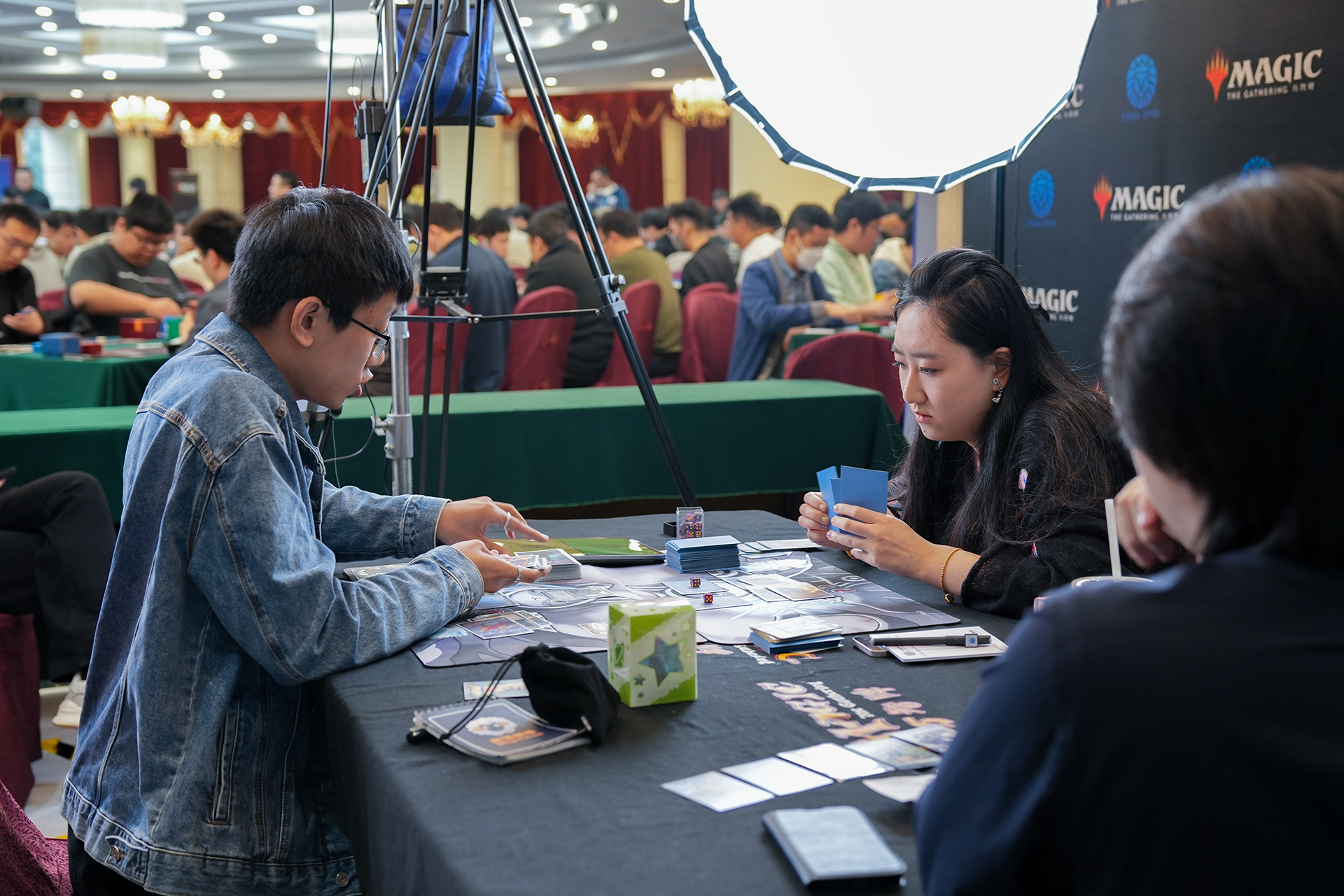Earlier this week, WSJ put out a nice explainer on the rise of electric vehicles (EVs) in China.
The whole thing is a pretty multi-faceted phenomenon, and it’s got us thinking. China already leads the world in EV sales, and it looks like they’re only going up from here. Government incentives are successfully nudging consumers towards non-gasoline vehicles, and Chinese automotive manufacturers are set to profit. Beijing has already announced its intent to end the sale of fossil fuel-powered vehicles, and although no hard date has been set, evidence of the set-up is all around. It’s looking like China is ready to make it happen at all costs, apparently even considering easing back on longstanding restrictions for foreign manufacturers, to allow brands like Tesla to help pave the way.

GM China’s local brand Baojun released its first mass-market EV, the E100, for about $5,300 USD
It’s a move that makes sense when you consider the context. China has been grappling with smog pollution and an over-reliance on coal for years, while also catering to a consumer class that couldn’t afford hi-tech transportation. Nowadays though, populations in major cities may be ready for a shift, and the head of state in Beijing is snatching up the opportunity to make it happen, dropping prices on EVs and rallying to set up the proper charging infrastructure. China wants its population to be the first to fully embrace EVs, even if that means letting foreign companies like Tesla in on the action.
 GM Launches China-Exclusive Electric Car, It’s Extremely SmallArticle Aug 09, 2017
GM Launches China-Exclusive Electric Car, It’s Extremely SmallArticle Aug 09, 2017
Meanwhile, those foreign companies are only set to prosper with newfound access to the largest automotive market on the planet –China’s regulatory incentives for EV development have made it a crucial market for Tesla. So as Chinese buyers buy, American developers develop, and as American developers develop, Chinese developers develop, bringing more goods onto the scene for Chinese buyers. It gets to be pretty dizzying, and behind all this is also the new technology that comes with it. With China’s greater willingness to try out weird technological infrastructure leaps, fleets of driverless cars might arrive on the scene sooner than we think, waiting to be summoned by customers on an app.
In any case, the push towards electric in China is set to fuel the industry (pun unintended) all over the world. It feels like big changes are coming, but all we can do is wait and see how it plays out.
Cover photo: AFP
















